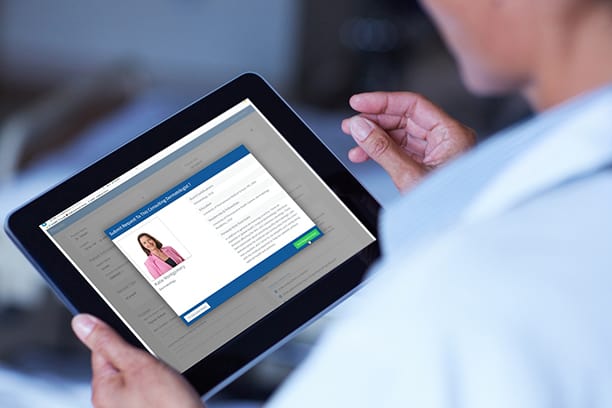Health Tech Insider: Telemedicine eConsults empower PCPs, employ specialists
Health Tech Insider, Bruce Brown | August 6, 2018 | General News, Medical
Telehealth technologies are empowering primary care settings. eConsults for PCPs and specialists close care and coordination gaps.
A perfect storm in health care heading toward the U.S. is building momentum. An aging population, horrifying increases in chronic illnesses due to poor lifestyle choices, plus a serious and growing shortage of physicians threaten the availability of quality care. American health already care ranks lowest among the 11 most wealthy nations, according to a study by the Commonwealth Fund. The U.S. scored worst in access, outcomes, and equity while spending the most per capita. According to the American Association of Medical Colleges, the shortage of primary and specialty care physicians could reach 120,000 by 2030, which could send us lower in the ranking if we weren’t already in the last place. Telemedicine, a rare bright light on the U.S. healthcare crisis, won’t solve all the problems inherent in the system but does offer a more cost-effective way to increase access to care nationwide. We’ve written about telemedicine specialty applications such as with physiotherapy and that health executives declare telemedicine a top priority.
AristaMD positions its eConsult platform to empower primary care physicians (PCPs) by extending their domain with access to a wide range of specialists without delegation of care. Referring to eConsult-enabled “Super PCPs,” AristaMD claims its HIPAA-compliant telemedical platform provides immediate access to more than 70 board-certified specialists. According to the company, the Super PCP concept integrates with the growing Patient-Center Medical Home (PCMH) model in focusing on lower costs, higher quality, and lower rates of preventable hospitalizations.
With PCPs empowered to provide a wider range of care without referring patients to external providers and by minimizing unnecessary specialist visits, both groups of medical professionals benefit from improved time and cost efficiency. The bottom line goal is integrated care with lower costs, fewer medical complications, and better patient outcomes. We have seen telemedicine applications for specific integrations, such as PCPs and dermatologists, but a broad platform of care that all parties can trust looks like the best solution to the physician shortage. Telemedicine can’t do anything about our aging population, but possibly more efficient care combined with patient-centered medicine also can help lessen unhealthy lifestyle choices that lead to chronic disease.

